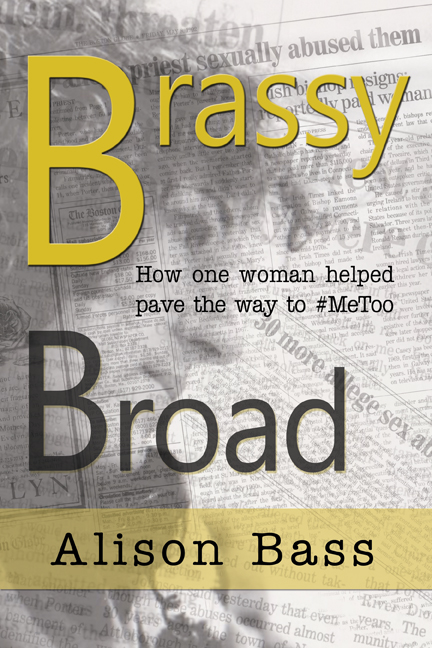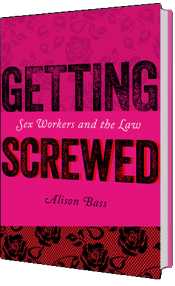There has been much ado of late about West Virginia University President Gordon Gee’s decision to sign onto the advisory board of a new university in Texas that purports to allow freedom of speech without any interference and will offer “forbidden” courses not permitted at a traditional institution of learning. Gee has been criticized because many of the University of Austin’s backers are big-name conservatives who have complained about censorship of speech in the news media and academia. Even the Dominion Post, the local Morgantown newspaper which proffers many opinions but little in the way of in-depth journalism, recently castigated Gee for supporting this amorphous new institution that promises to be “fiercely independent — financially, intellectually and politically.” For an intelligent analysis on why the University of Austin is not really interested in the free exchange of ideas, read this article in New York magazine.
As someone who spent years in academia after a career in journalism, I don’t think the stifling of political or intellectual opinion on campus is a major problem. Certainly at West Virginia University, people with clearly odious opinions have been allowed to speak. A few years ago, Milo Yiannopoulos, a far-right agitator, was invited to speak at WVU by the university’s Republican student club. He proceeded to mock a professor on the faculty here, calling him a Fat Faggot and criticizing his teaching style. Yiannopoulos’ speech created a firestorm on campus, but the point is that he was allowed to give full rein to his hateful views.
To my mind, the real problem is not the censorship of speech by celebrities visiting campuses, but the curbing of speech by faculty and staff who are employed by these institutions. Take, for example, the recent effort by University of Florida officials to prevent three political science professors from testifying in a voting-rights lawsuit against the administration of Gov. Ron DeSantis. University officials backed down but only after widespread criticism and being sued by the professors who claimed their First Amendment rights had been violated. While this high-profile case ignited outrage, it’s important to remember that this kind of in-house censorship happens all the time under the radar, despite the long-held belief that universities are bastions of academic freedom. As if!
When I was a full-time visiting professor of journalism at Mount Holyoke College, it was made very clear to me and other non-tenure-track instructors that our opinions were not wanted at faculty meetings and that while we could attend the meetings, we should keep our mouths shut. As I relate in my memoir, Brassy Broad: How one Journalist helped pave the way to #MeToo, when I made the mistake of speaking up at one meeting anyway, I was labeled strident (at a women’s college no less.) When I taught at West Virginia University, the Dean of my school made a big deal about the importance of collegiality. Yet after I criticized our journalism curriculum in a faculty meeting, saying we weren’t preparing some of our students adequately for reporting jobs, I was summarily hauled into the Dean’s office and castigated for “undermining” the chair of the department and “being insensitive.” After that, I was persona non grata on the faculty, even though a number of my colleagues privately agreed with me.
As a former educator at a New York university told me at a party on the Cape this summer, “In the corporate world, you know what’s coming and what to expect. In academia, you don’t see the knife coming before they stick it into your back.”
Somehow I doubt the new University of Austin will be any different, particularly with all those inflated egos involved. I don’t fault Gee for acting in an unpaid advisory role for this new venture. What he and other university administrators should be faulted for is failing to admit they operate their institutions like big businesses, with no room for free speech by their employees. Let’s be honest: academic freedom died a long time ago.
This blog is also published on medium.com.

West Virginia University’s quadrant on University Avenue; credit: jimmywayne


